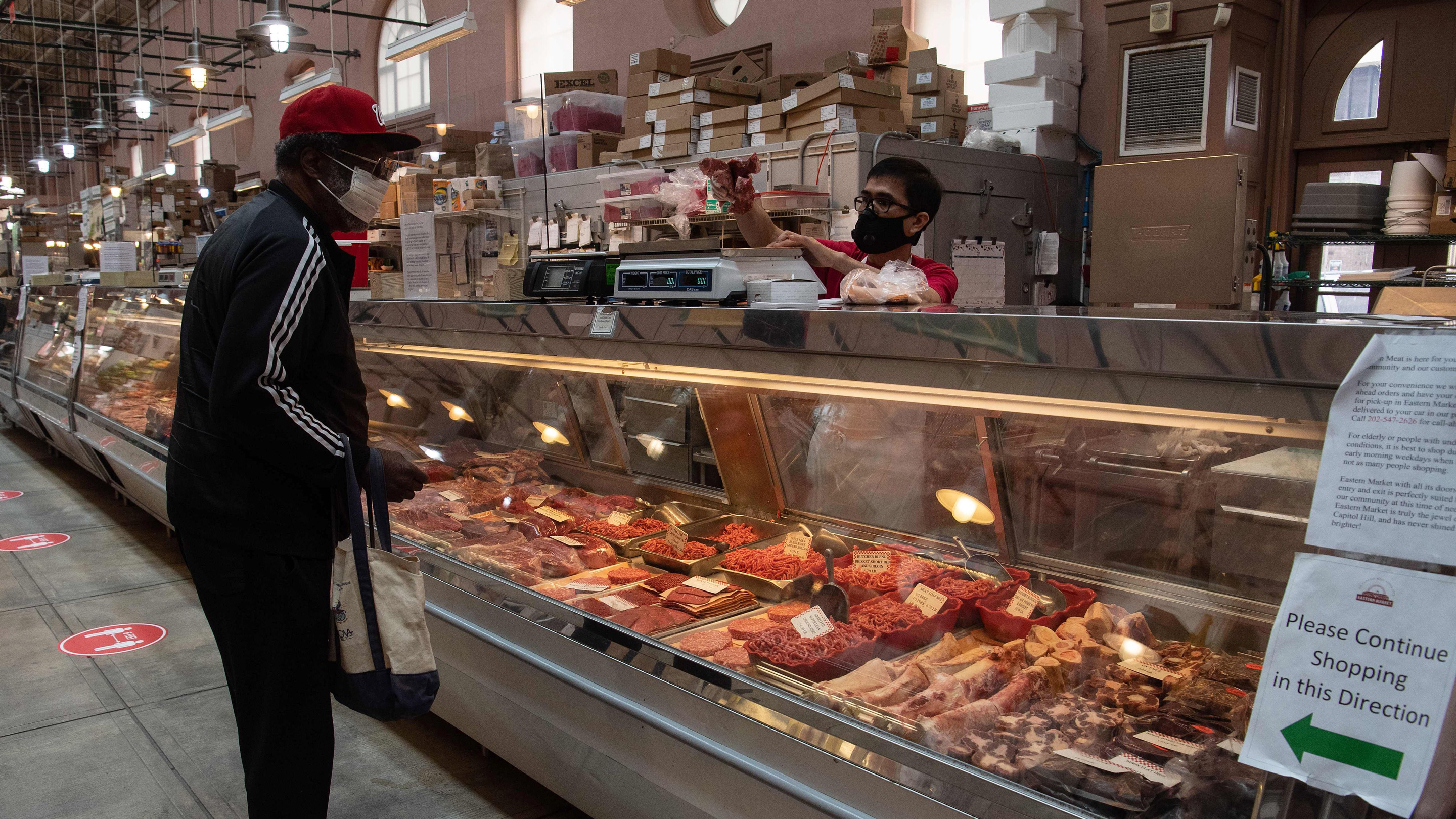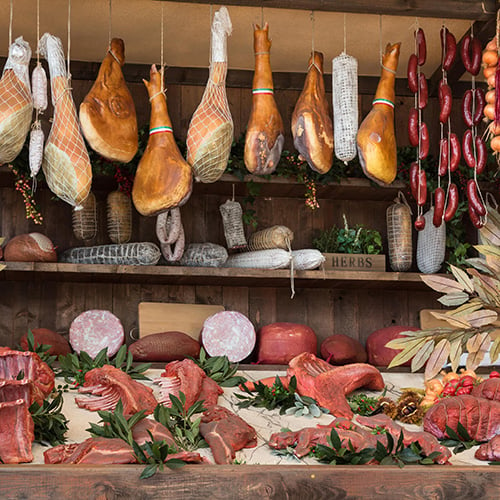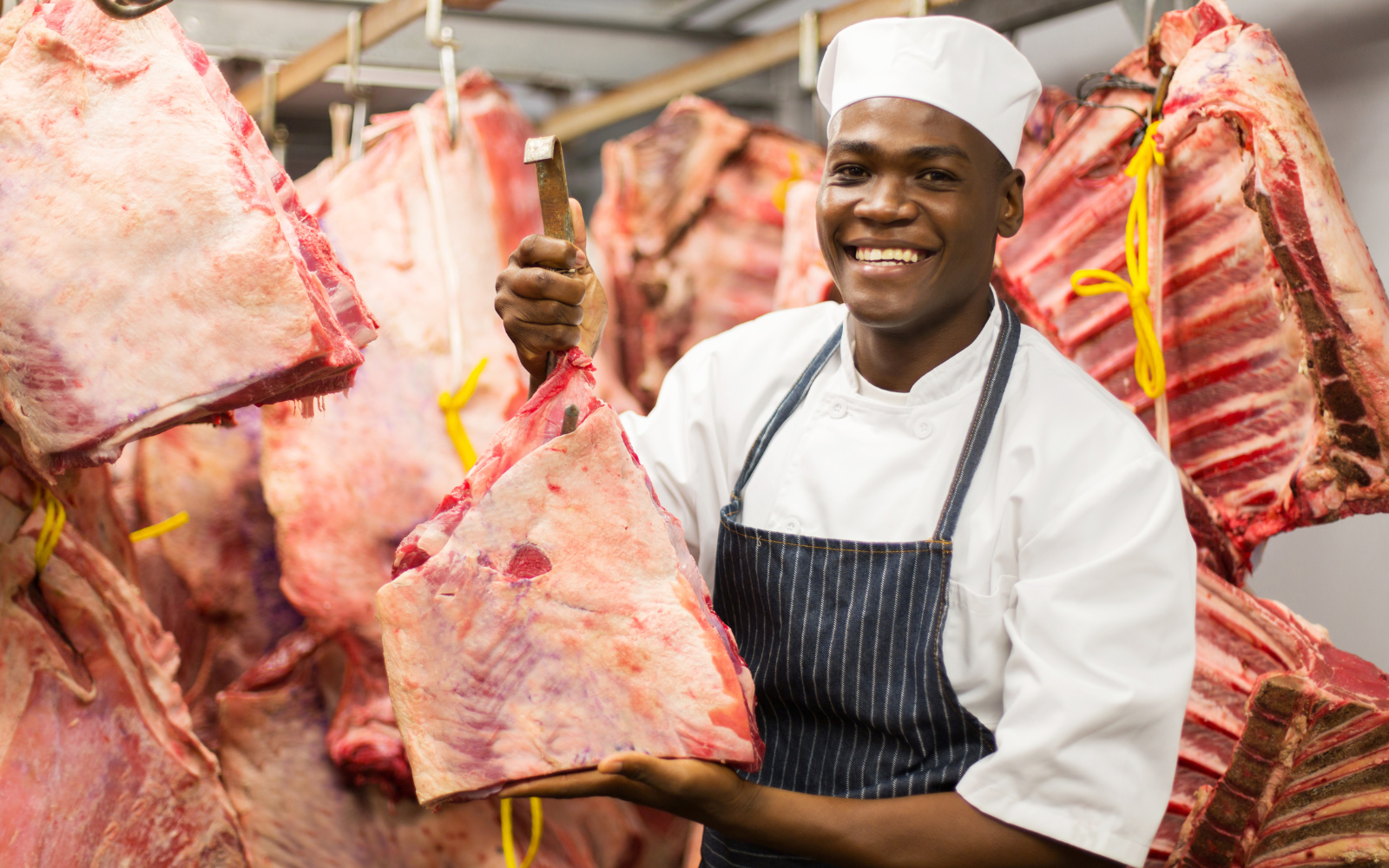From Ranch to Table: Welcoming the Practice of Meat Markets and Butcheries
In a period controlled by comfort and automation, there exists a silent change occurring in the culinary globe - a return to the roots of food sourcing through the practice of meat markets and butcheries. These facilities, typically forgotten in the darkness of supermarkets, are experiencing a revival as discerning customers look for quality, traceability, and a connection to the beginnings of their food. Yet what is driving this shift back to the methods of old? The solution hinges on the crossway of heritage practices, moral factors to consider, and a wish for a much more genuine gastronomic experience.
The Revival of Meat Markets
The revival of meat markets throughout different neighborhoods suggests a change towards a renewed gratitude for in your area sourced, high quality meats. Over the last few years, consumers have become a lot more conscious of the beginnings of their food, leading to a growing demand for transparency and sustainability in the meat sector. This pattern has actually paved the way for the rebirth of conventional meat markets and butcheries, where consumers can directly engage with knowledgeable butchers and resource their meat from neighboring farms.
Among the key driving aspects behind this resurgence is the wish for greater high quality and fresher items. By purchasing meat from regional markets, customers can ensure that they are getting fresh cuts that have not traveled cross countries or been sitting in storage space for prolonged durations. In addition, sustaining neighborhood meat markets helps reinforce the regional economy and advertises community connections.

Craftsmanship in Butcheries
With the rebirth of meat markets emphasizing top quality and sustainability, the emphasis shifts in the direction of acknowledging the elaborate workmanship presented in modern butcheries. Workmanship in butcheries goes beyond simply cutting meat; it personifies a deep-rooted custom of know-how and precision in taking care of different cuts of meat. Bagley Farms Meat Market. Butchers, typically educated for many years, have a wealth of expertise on the makeup of animals, knife abilities, and the art of breaking down carcasses efficiently

In contemporary butcheries, workmanship appears in the method butchers carefully source their meat, making certain high requirements of top quality and ethical practices. They take pride in recognizing the provenance of the meat they market, functioning very closely with neighborhood farmers and distributors to provide customers full openness and traceability.
In addition, craftsmanship in butcheries extends to the discussion of meat. Butchers masterfully prepare cuts that not only enhance flavor but likewise display the natural appeal of the meat. The art of butchery is a mix of practice and innovation, where respect for the animal and commitment to the craft lead to exceptional products that genuinely stand out in today's market.
Locally Sourced Meat High Quality

Locally sourced meat supplies many advantages, including fresher items, support for local farmers, and lowered ecological impact because of decreased transport ranges - Bagley Farms Meat Market. By buying meat from nearby ranches and butcheries, consumers can have a lot more confidence in the high quality and safety of the items they are buying

Farm-to-Table Purchasing Experience
In the world of in your area sourced meat high quality, the farm-to-table purchasing experience offers customers a straight link to the origins of their food - Bagley Farms Meat Market. This distinct shopping experience permits consumers to trace the trip of their meat, from the ranch where the pets were elevated to the table where it will certainly be appreciated. By participating in farm-to-table purchasing, people can acquire a deeper understanding of the farming methods, animal well-being requirements, and sustainability efforts associated with producing their meat
Clients have the possibility to communicate with regional farmers and butchers, asking concerns concerning the meat they are finding out and buying regarding the details cuts available. This direct interaction promotes trust fund her comment is here in between producers and customers, making certain that individuals are confident in the high quality and beginnings of the meat they are bringing home.
Tradition Satisfies Modern Culture
The merging of traditional meat markets and butcheries with modern society provides a distinct possibility for the conservation of artisanal practices in a contemporary context. While contemporary innovations have actually changed different markets, the significance of standard meat markets and butcheries remains deeply rooted in history and craftsmanship. This blend of custom and modernity enables the extension of classic methods while adjusting to the requirements and choices these days's customers.
In today's busy globe, where benefit frequently overtakes top quality, there is an expanding recognition for the heritage and authenticity that standard meat markets and butcheries use. Customers are increasingly looking for openness in the sourcing and production of their food, leading them back to the customized service and expertise found in these facilities. The emphasis on sustainability and moral methods lines up with the values promoted by click for more info lots of conventional meat markets and butcheries, fostering a feeling of area and obligation in the direction of the atmosphere.
As society remains to develop, the coalescence of custom and modernity in meat markets and butcheries not just makes certain the conservation of artisanal practices yet likewise improves the culinary landscape with a blend of heritage and technology.
Verdict
In verdict, the tradition of meat markets and butcheries is experiencing a rebirth in modern society. These facilities offer locally sourced meat of premium quality, providing a farm-to-table buying experience for customers. The workmanship and competence located in butcheries contribute to the authenticity and worth of the items offered. By accepting this practice, people are able to attach with their food in a meaningful way, bridging the space in between the past and the present.
In an era dominated by benefit and mass manufacturing, there exists a peaceful change taking area in the cooking globe - a return to the origins of food sourcing through the tradition of meat markets and butcheries.The revival of meat markets across different neighborhoods suggests a shift in the direction of a renewed admiration for locally sourced, high quality meats.With the renewal of meat markets highlighting high quality and sustainability, the focus moves in the direction of identifying the detailed workmanship presented in contemporary butcheries. Craftsmanship in butcheries goes beyond just cutting meat; it embodies a deep-rooted tradition of expertise and accuracy in taking care of various cuts of meat.In today's fast-paced world, where convenience frequently overtakes additional info high quality, there is a growing appreciation for the heritage and credibility that typical meat markets and butcheries use.